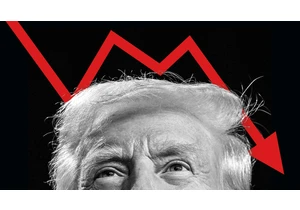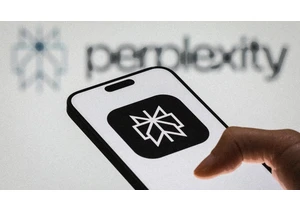The Fourth Industrial Revolution, fueled by the internet of things (IoT), is dramatically reshaping the manufacturing landscape. This new era, often referred to as Industry 4.0, integrates advanced digital technologies with traditional manufacturing processes, creating a highly automated and interconnected production environment. From factory floors to our daily lives, sensors are now ubiquitous, connecting disparate systems and driving unprecedented innovation and advancements in productivity, efficiency, and automation.
Our nation’s mobility ecosystem is now in the early innings of a similar transformation. Simply put, the mobility ecosystem can be defined as the critical infrastructure—physical and digital—that touches people’s lives every day. It’s where vehicles get fueled, charged, washed, serviced, and repaired. And it’s where travelers get their necessities.
Modernization of the convenience store
This industry is becoming increasingly complex. And as driver expectations evolve, technology advances and a multi-energy future takes shape, there is an urgent need to digitize, connect, and optimize these operations. One prime example of this need is the modern convenience store.
These stores are becoming go-to destinations and now offer a range of essential services, including fueling, charging, car wash, craveable food, beverages, and other on-the-go staples. A recent survey by Vontier found that American drivers are not only prioritizing convenience and a one-stop-shop experience but are also willing to pay more and even drive a little out of their way to get it. Nearly 60% of respondents indicated they would be happy to pay a markup on convenience store products if it meant making only one stop. This suggests a growing consumer demand for convenience and efficiency that aligns with the broader trends of digital transformation. However, many of these assets and services still operate in silos like they did decades ago, missing out on valuable data and insights that could enhance efficiency and revenue.
Imagine a future where the early morning rush at a bustling convenience store is seamlessly orchestrated. The store owner, feeling confident and prepared, watches as her employees anticipate the familiar routine. An Amazon delivery driver rolls in for his usual fill-up and coffee, while a family on their way to the beach picks up sandwiches to go while charging their electric vehicle (EV). Behind the scenes, linked payment systems can make this a reality, streamlining transactions and providing valuable data insights. By leveraging advanced analytics, businesses—from large convenience store chains like Circle K, 7-Eleven, Wawa, and Sheetz, to the small family-run businesses—can understand driver behavior, tailor offerings for digital-savvy consumers, track asset usage, optimize maintenance, avoid downtime, anticipate trends, improve workflows, and perhaps most importantly, exceed customer expectations and improve customer loyalty.
The commercial fleet market
A similar transformation is happening in the commercial/industrial fleet vehicle market. As the industry looks to modernize and decarbonize, integrating traditionally disparate systems and data can help fleets make better, quicker decisions and improve their key performance metrics. Managing mixed fleets (gas, diesel, natural gas, EV, and hydrogen fuel types) and deciding the right time to transition fleets is a major challenge and requires multiple technologies and capabilities across telematics, route planning, fuel logistics, EV network management, and energy management. An integrated platform can help make recommendations on how to best manage and fuel fleets at the lowest total cost of ownership while helping achieve sustainability and compliance goals. It can also provide valuable visibility, planning, monitoring, reporting, and control across the entire fleet, optimizing operations and reducing costs.
It’s time for the mobility industry to seize this opportunity and pioneer a smarter, more sustainable and connected ecosystem. By leveraging IoT principles, we can digitize and improve operations, unlocking new revenue streams, improving customer experiences, and enhancing productivity, uptime, safety, and sustainability,
Industry 4.0 has paved the way. To achieve Mobility Ecosystem 4.0, we must break down the silos that have traditionally hindered progress. The stakes are nothing short of monumental: increased productivity, efficiency, and a more sustainable future for all.
Mark Morelli is president and CEO of Vontier.
Connectez-vous pour ajouter un commentaire
Autres messages de ce groupe

Robinhood said on Tuesday it is rolling back the event contracts that would let users bet on the result of the

Donald Trump drew plenty of criticism by launching his own branded memecoin three days before his

The AI search firm Perplexity routinely lets users try out state-of-the-art large language models on its site, but the company moved quickly to put Chinese company DeepSeek’s new R1 model front an

Nintendo’s profits tumbled as sales of its Switch console lost momentum, prompting the

“We want grandparents who want to have pizza nights with us, attend baseball and basketball games, have ice cream dates, take bike rides, just genuinely have fun with us and our boys,” reads one p

Apple rolled out its newest iPhone app called Invites, which lets iCloud+ subs

